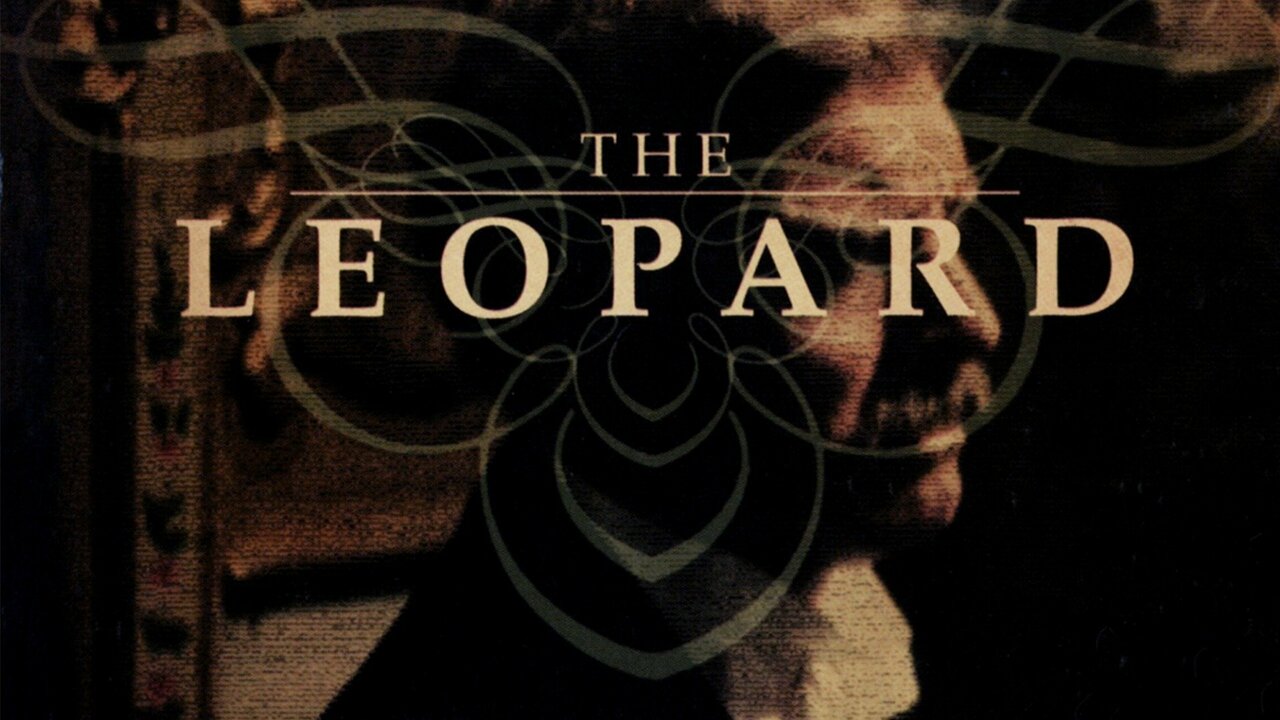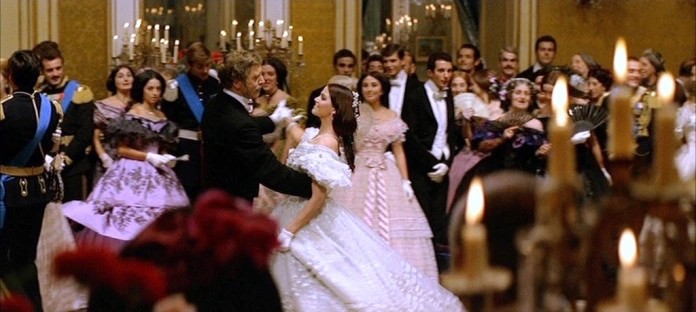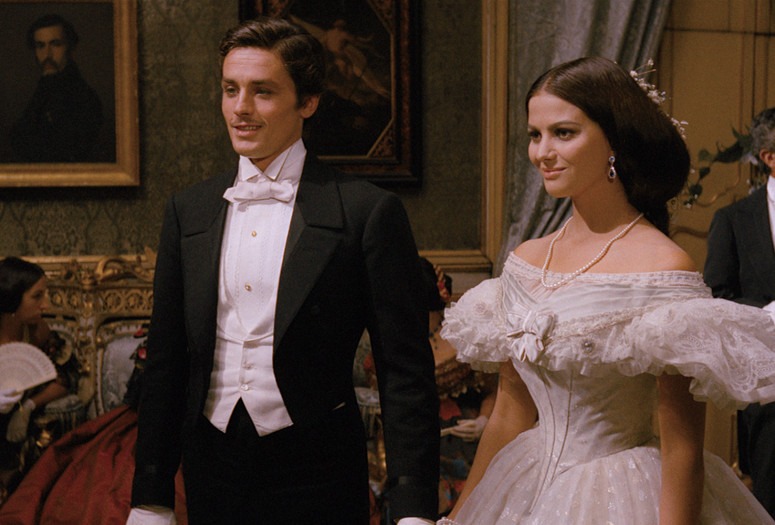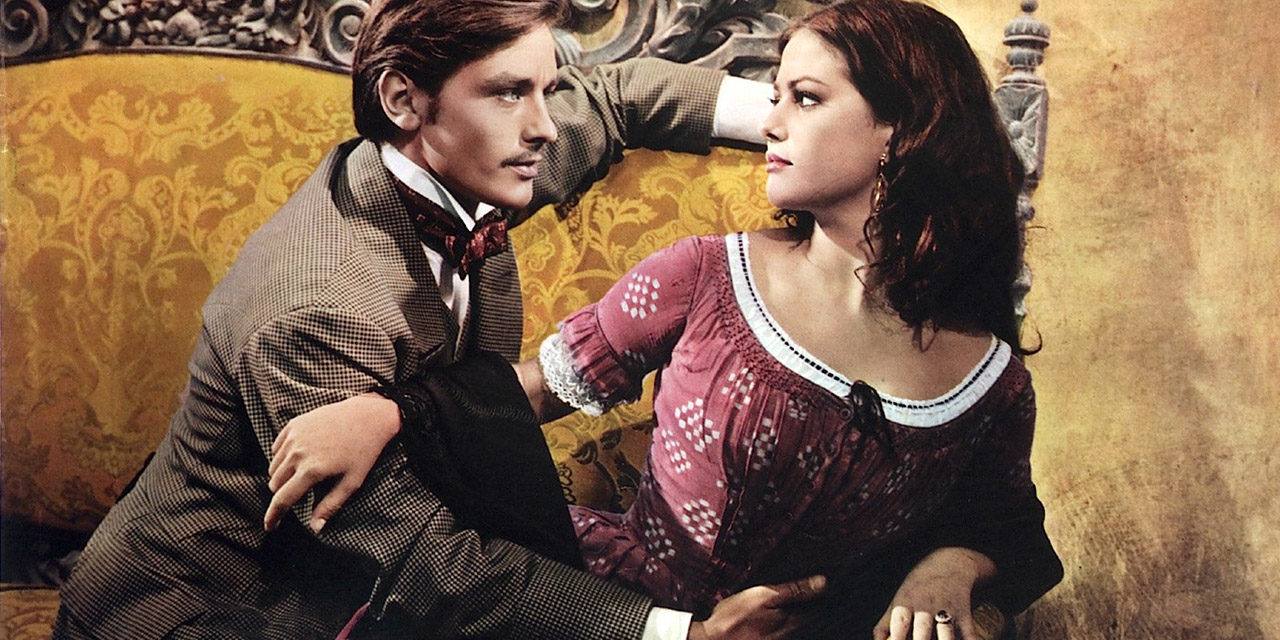The Leopard (1963)

The Leopard (1963) is an Italian historical epic drama film directed by Luchino Visconti. The film is based on the 1958 novel of the same name by Giuseppe Tomasi di Lampedusa. The screenplay was written by Visconti, Suso Cecchi d’Amico, Enrico Medioli, Pasquale Festa Campanile, and Massimo Franciosa. Set in 19th-century Sicily during the period of Italian unification, the film tells the story of Don Fabrizio Corbera, the Prince of Salina, and his observations of the changing social and political landscape. The film explores themes of aristocracy, political change, and the passage of time, capturing the decline of the Sicilian nobility and their struggle to adapt to a new era.
The story of The Leopard revolves around Don Fabrizio Corbera, the Prince of Salina, portrayed by Burt Lancaster. The Prince is a nobleman who witnesses the seismic shifts occurring in Sicilian society due to the rising influence of the middle class and the political upheavals associated with the unification of Italy. As the Prince contemplates his legacy, he also observes the lives of his family members, including his nephew Tancredi (Alain Delon), who aligns himself with the new revolutionary forces, and his beautiful niece Angelica (Claudia Cardinale), who becomes the object of Tancredi’s affections. As these characters navigate their lives amidst these social changes, the Prince grapples with his own inevitable decline, symbolizing the fading glory of his aristocratic world.
The central character, Don Fabrizio, is portrayed as a deeply contemplative and intelligent man, caught between the traditional values of the aristocracy and the emerging forces of modernity. Burt Lancaster’s performance is both regal and somber, capturing the internal conflict and philosophical musings of a man facing the decline of his class. Tancredi, played by Alain Delon, represents the younger generation’s embrace of political change and the future of Italy. His relationship with Angelica, played by Claudia Cardinale, is central to the narrative, representing the union of the old and new social orders. The film’s characters are richly developed, and their individual arcs reflect the broader theme of societal transformation.

The Leopard is deeply rooted in the historical and social context of 19th-century Italy, particularly the period surrounding the unification of the country. The film examines the complexities of class, power, and change, as the old aristocracy faces the rise of a new middle class. This societal shift is symbolized through the character of Tancredi, who aligns himself with the revolutionaries and seeks to adapt to the political changes of the time. The film portrays the tension between old-world aristocracy and the forces of modernization, and the Prince’s struggle to reconcile these contrasting worlds is a central theme throughout the film.

Luchino Visconti’s direction is marked by his meticulous attention to visual detail, and The Leopard is renowned for its stunning cinematography. The film is filled with grand, sweeping shots of the Sicilian countryside, the opulent interiors of the aristocratic mansions, and lavish costume designs that reflect the social distinctions of the time. The slow, deliberate pacing of the film, combined with its visual beauty, enhances the sense of melancholy that pervades the narrative. The ballroom sequence, in particular, is a masterclass in filmmaking, symbolizing the decline of the old order as the characters engage in a dance that echoes the passing of time and the inevitable transformation of society.

At its heart, The Leopard is a meditation on change, time, and the inevitability of decline. The film’s exploration of the decline of the aristocracy serves as a metaphor for the larger societal changes happening in Italy at the time. The Prince’s reflection on his own mortality mirrors the fate of his social class, which is being displaced by the forces of modernity and political revolution. The title itself, The Leopard, refers to the Prince’s famous quote, “If we want things to stay as they are, everything must change,” reflecting the paradox of trying to preserve the past while acknowledging the inevitability of change. The film’s themes of loss, adaptation, and the passage of time are universal and resonate beyond the historical context.
In conclusion, The Leopard is a masterful film that captures the essence of a pivotal moment in history while exploring universal themes of change and the passage of time. Directed by Luchino Visconti, the film is a visually stunning epic that offers a deep and thoughtful reflection on the decline of the aristocracy and the transformation of Italian society. With powerful performances from its cast, particularly Burt Lancaster, and its rich historical context, The Leopard remains a significant work of cinema, admired for its artistry and emotional depth. The film stands as a testament to Visconti’s ability to craft a cinematic experience that is both intellectually stimulating and visually captivating.











